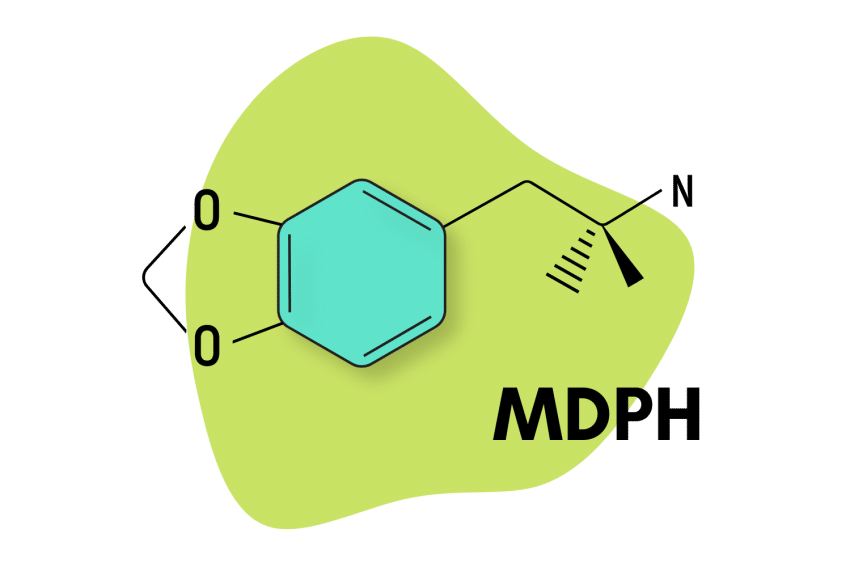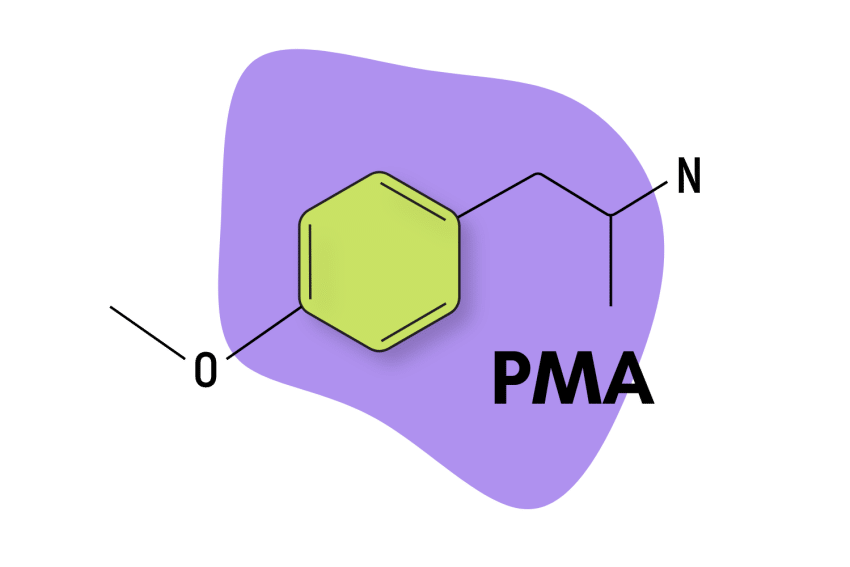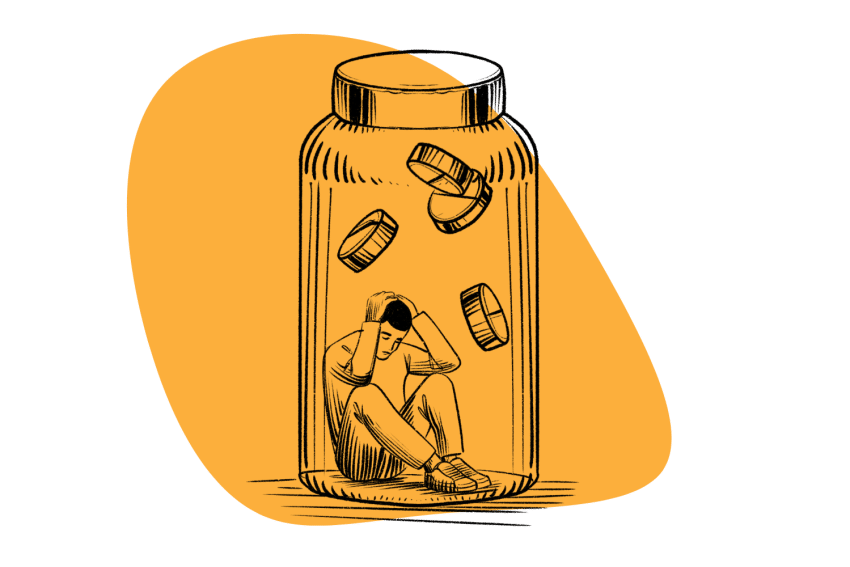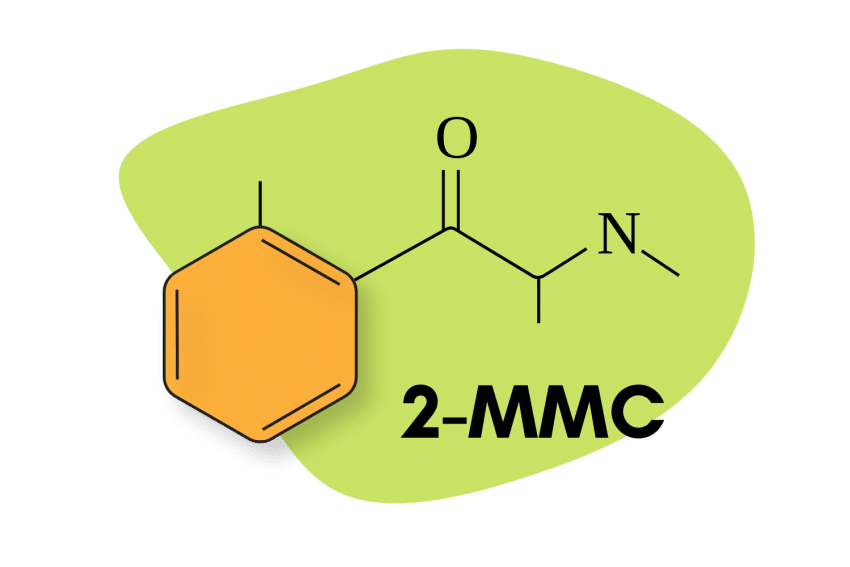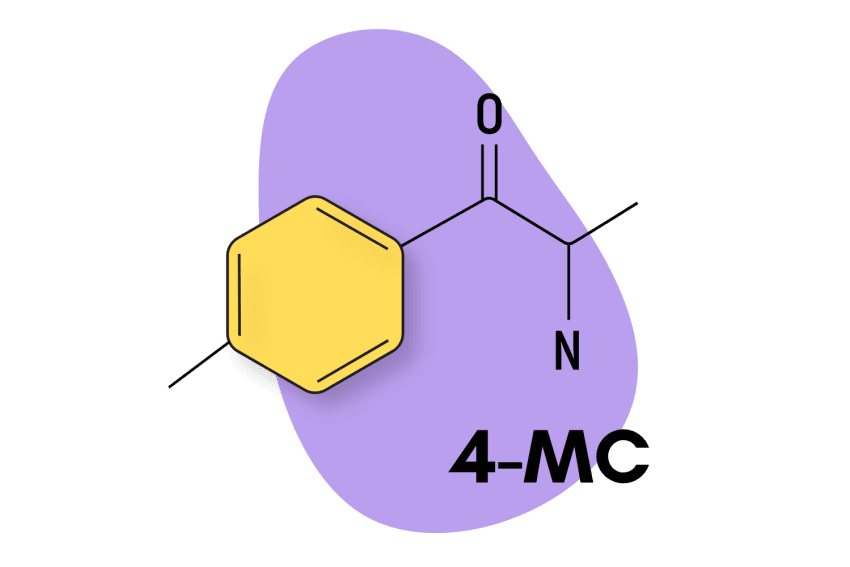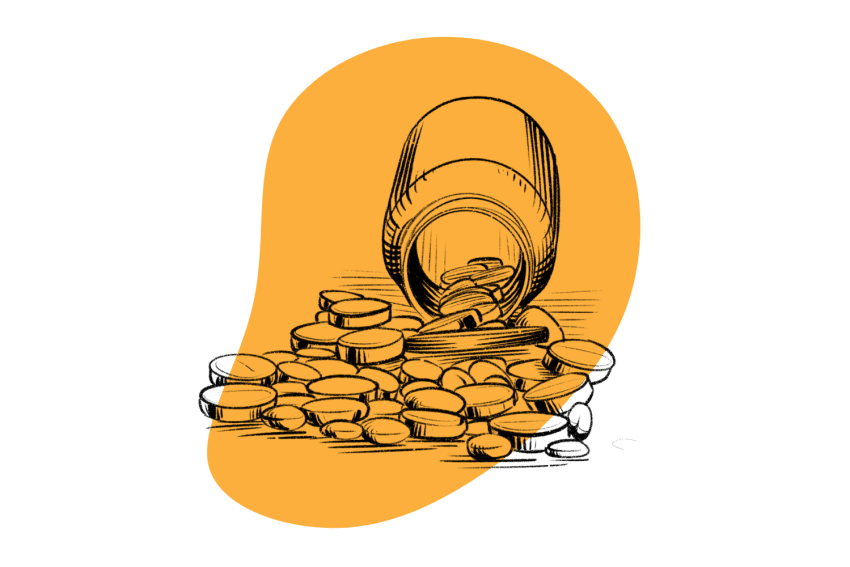4-FMA (4-Fluoromethamphetamine): Everything You Need to Know About This Designer Drug
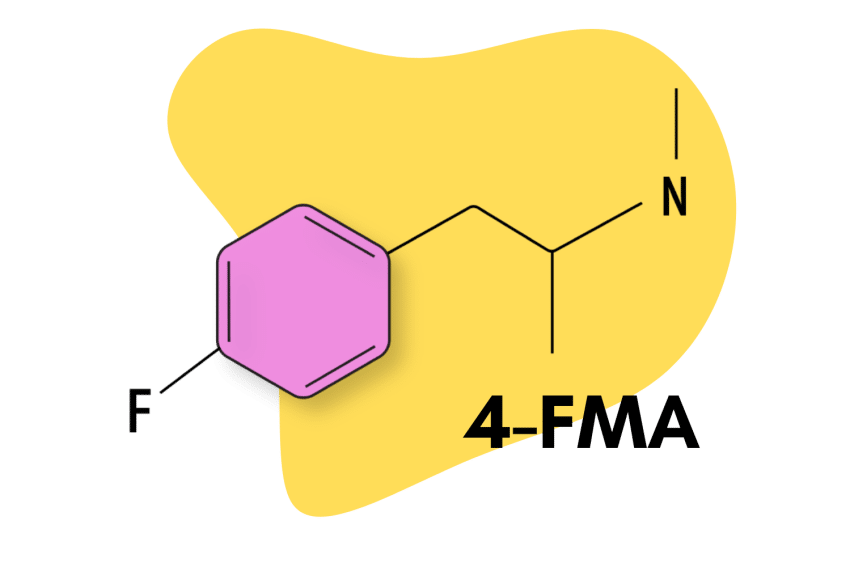
What is 4-FMA?
4-FMA is one of the many designer drugs belonging to the fluorinated amphetamine subclass.
In the party scene, fluorinated amphetamines are a popular subtype as they provide a novel mix of amphetamine-like stimulation coupled with empathogenic and sometimes slightly psychedelic effects.
Despite being relatively common, 4-FMA does not hold much prestige when compared to other compounds in its subclass. This is mostly due to its nasty penchant for producing unpleasant side effects.
4-FMA can commonly be found as an adulterant in 4-FA samples, which is problematic because the former is about 4 times as potent as the latter. Compounding the problem even further, human studies on 4-FMA are absent, and thus, its toxicity is unknown.
Users should exercise caution when trying out a fluorinated amphetamine. The addition of a fluoride group, the chemical feature which characterizes the subclass, can produce unpredictable effects and gives these compounds an unusual amount of variety and range.
4-FMA Specs
| Chemical Name | 4-Fluoromethamphetamine |
| Level of Risk | Moderate to High |
| Other Names | N/A |
| Most Common Side Effects | Anxiety, paranoia, agitation, confusion, increased heart rate and blood pressure, palpitations, chest pain, and difficulty breathing. |
| Duration of Effects | Four to eight hours |
| Estimated Threshold Dose | 20 mg |
| Common Dose | 75 to 125 mg |
| Legality/Status | Research Chemical |
| PubChem ID: | 11745017 |
| CAS# | 351-03-1 |
Tripsitter Safe 4-FMA Guidelines
- 🐍 I understand why psychostimulants should be treated with respect
- ⚖️ I’m familiar with the laws for 4-FMA in my country & state
- 🍄 I’m familiar with and confident in the dose I’m taking
- 🧪 I’ve tested a sample of the substance I’m using with a drug-testing kit
- 💊 I’m not mixing any medications or other substances with 4-FMA
- 🏔 I’m in a safe & comfortable environment with people I trust
- 🐺 One of the members of my group is responsible and sober (AKA a trip sitter)
- ⏳ I have nothing important scheduled for after the trip
- 🧠 I’m in a sound & healthy state of mind
- ❤️ I don’t have any underlying health issues — don’t take 4-FMA if you have underlying heart, neurological, or psychiatric disorders
- 👭 Use the buddy system — 4-FMA can remove your inhibition and allow you to make unsafe decisions, always stay with people you trust, and never go out alone
- 🌵 I understand the risk of dehydration — it’s easy to become dehydrated while on 4-FA, so make sure you’re drinking a cup of water every hour while using 4-FMA
- 🦻 Protect your hearing — music can be intoxicating while on 4-FMA, so protect your hearing and bring ear protection before you go out to a club or concert
What Are The Effects of 4-FMA?
Scientific studies on the pharmacological profile of 4-FMA are lacking. What studies exist focus almost exclusively on its identification and determination.
When it comes to designer drugs, the lack of human studies is a chronic problem. There are simply too many compounds to study properly. However, we can always fall back on the designer drug community, which has a thriving community of online posters who love to describe their experiences with all sorts of compounds.

This method does not have scientific rigidity, but it does allow us to obtain a pretty accurate idea of the subjective effects a compound can produce.
According to online user reports, the following effects have been associated with the use of 4-FMA:
- Physical effects — Stimulation, Tactile enhancement, Physical euphoria, Bodily control enhancement, Stamina enhancement
- Cognitive effects — Euphoria, Empathy, affection, and sociability enhancement, Immersion enhancement, Novelty enhancement, Increased music appreciation, Motivation enhancement, Disinhibition, Delusional ideation, Ego inflation, Wakefulness, Thought acceleration, Focus enhancement, Analysis enhancement, Increased libido, Time distortion, Compulsive redosing,
- After Effects — Anxiety, Cognitive fatigue, Depression, Depersonalization, Irritability, Motivation suppression, Thought deceleration, Psychosis, Suicidal ideation
As is common with fluorinated amphetamines, 4-FMA’s effects profile displays a balance of stimulant and empathogenic qualities that lean slightly more toward the simulant side. However, the empathogenic effects seem to become stronger relative to the stimulant ones as the dose is increased.
The onset of effects for 4-FMA depends on the method of administration. When taken by the mouth, effects materialize in 20 to 40 minutes. When insufflated (snorted), the effects come on much faster: five to 10 minutes.
4-FMA is commonly compared with 4-FA and MDMA
What Are the Dosing Ranges for 4-FMA?
Online users tentatively suggest the dosing values for 4-FA are as follows:
| Threshold | 40 mg |
| Light | 50 to 75 mg |
| Common | 75 to 125 mg |
| Strong | 125 to 200+ mg |
Is 4-FMA Addictive?
Due to the lack of studies on 4-FMA, we can’t really speculate on its addictive potential with much accuracy. What we can do, however, is go over the knowledge on substituted amphetamine in general.
Substituted amphetamines have varying levels of addictive potential, but many are highly addictive. Amphetamines are stimulants that increase the release of neurotransmitters like dopamine, serotonin, and norepinephrine in the brain, leading to feelings of euphoria and increased energy, and more.
This creates a reinforcing effect, which means people may keep taking the drug to experience these pleasurable effects. Over time, repeated drug use can lead to tolerance, dependence, and addiction.
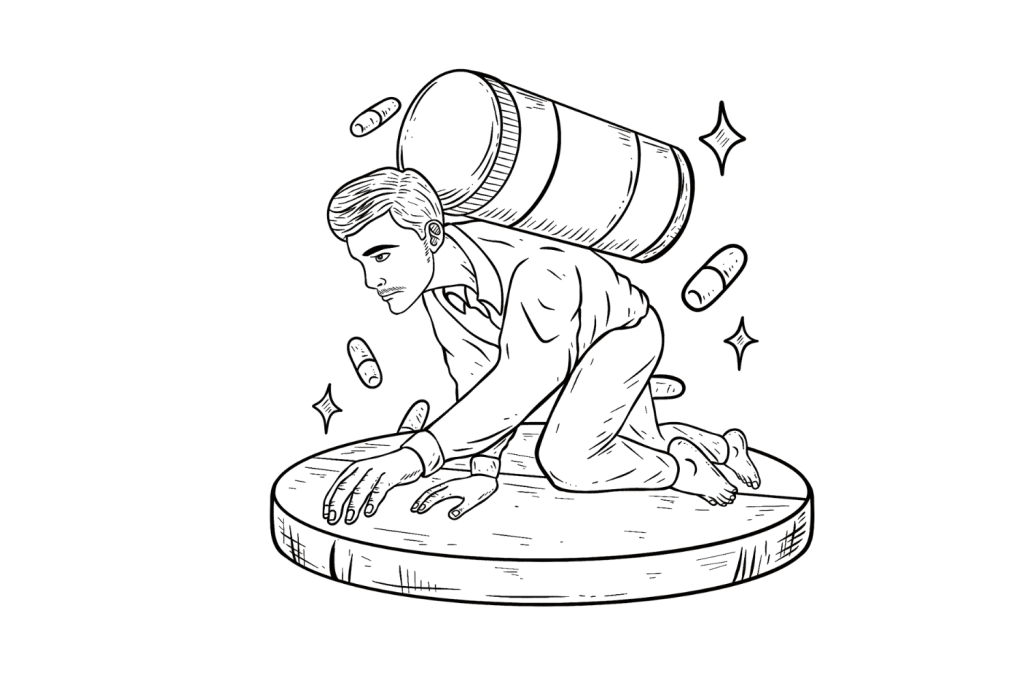
Methamphetamine is considered one of the most addictive substances, with a high risk of dependence and a high potential for overdose. MDMA is also considered to be an addictive substance but much less so. The reason for this is thought to lie in the fact that methamphetamine is more of a dopamine-stimulating drug, while MDMA is more closely linked with serotonin.
In general, compounds that affect serotonin receptors display less addictive potential when compared to dopamine-stimulating compounds.
Is 4-FMA Safe? Risks & Side Effects
The toxicity and long-term health effects of recreational 4-FMA use has not been studied in any scientific context, and the exact toxic dosage is unknown. This is because 4-FMA has very little history of human usage.
Besides the usual dangers associated with amphetamine-based compounds, anecdotal evidence suggests the negative health effects attributed to the occasional use of 4-FMA at low to moderate doses are negligible.

When dealing with stimulant drugs, the biggest dangers are always going to be acute intoxication (overdose), cardiovascular-related conditions like cardiac arrest, tachycardia, cardiotoxicity, and the possibility of a severe stroke.
Additionally, fluorinated amphetamines, as a class, are also known to produce neurotoxic metabolites.
Here are the most common side effects associated with 4-FMA:
- Appetite suppression
- Bronchodilation
- Dehydration
- Dizziness
- Headaches
- Increased bodily temperature
- Increased heart rate
- Increased perspiration
- Muscle contractions
- Orgasm suppression
- Paranoia and anxiety
- Pupil dilation
- Restless leg syndrome
- Teeth grinding
- Temporary erectile dysfunction
- Tremors (usually only in doses at above 150 mg
- Vasoconstriction
- Vibrating vision
If 4-FMA is only taken occasionally and proper harm reduction methods are applied, there is little chance of users experiencing a severe health event. However, there is one thing to note. When compared to the more popular fluorinated amphetamines like 2-FA and 4-FA, 4-FMA seems especially adept at causing side effects.
Harm Reduction: 4-FMA
Everyone who engages with substituted amphetamines recreationally should at least have a basic understanding of harm reduction principles.
Recreational consumption is often linked to the presence of dangerous risk factors like compulsive redosing, dehydration, polydrug use, and more. As such, users must have conceptual tools which will allow them to make smart decisions and stay safe.
Keep the following harm reduction principles in mind the next time you’re engaging in recreational drug use:
Take Caution With Strong Substances
Though a highly potent substance is not inherently more dangerous if the dosage is controlled, carelessness can often occur in high-energy settings like music festivals. Overdose from these potent substances can lead to severe health consequences.
Drink Plenty of Water
One of the side effects of stimulant drugs is an increase in body temperature, known as hyperthermia. If hydration is not maintained, this can result in unconsciousness and other negative effects.
Verify the Purity of Your Drugs
Illegal drugs purchased from untrusted sources can contain unknown substances that could be harmful. To reduce this risk, it is recommended to use reagent test kits that can detect some harmful contaminants. These kits cost around $40 and can be used over a hundred times.

